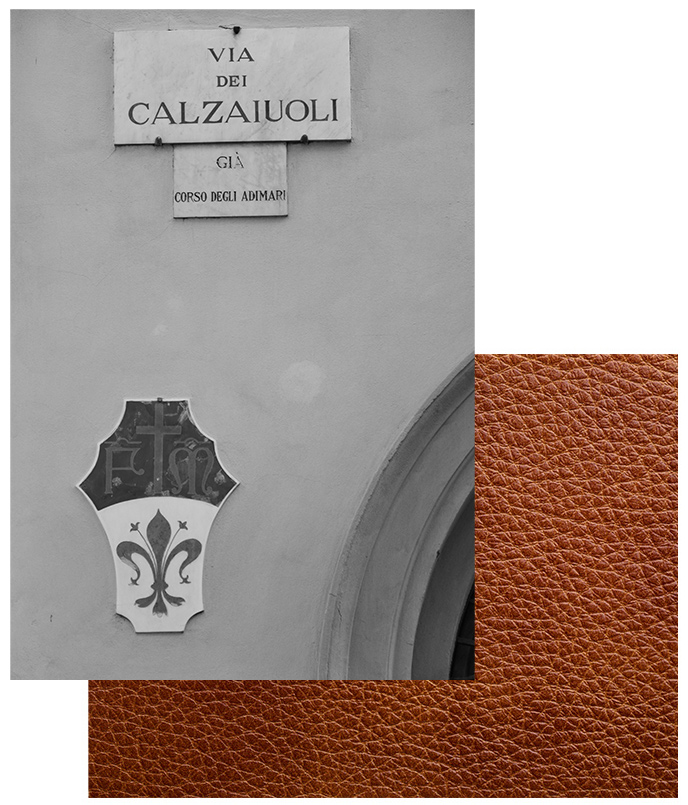Florence and the art of Tuscan leather goods: a timeless history
Florence
“The old shopkeepers, their skill, their silent movements for hours on end. The very different materials found throughout the city that take us back to ancient splendour. The changing colours under the sunlight, the smells, the majesty of the architecture and the ever-changing landscapes. The charm of the night, full of lights and shadows reflected in the alleys and in the flowing Arno. The elegance and uniqueness of the skins, materials, marbles, precious stones and fabrics. Everything can be traced back to you.
Florence.”
|
Eleonora Sassoli
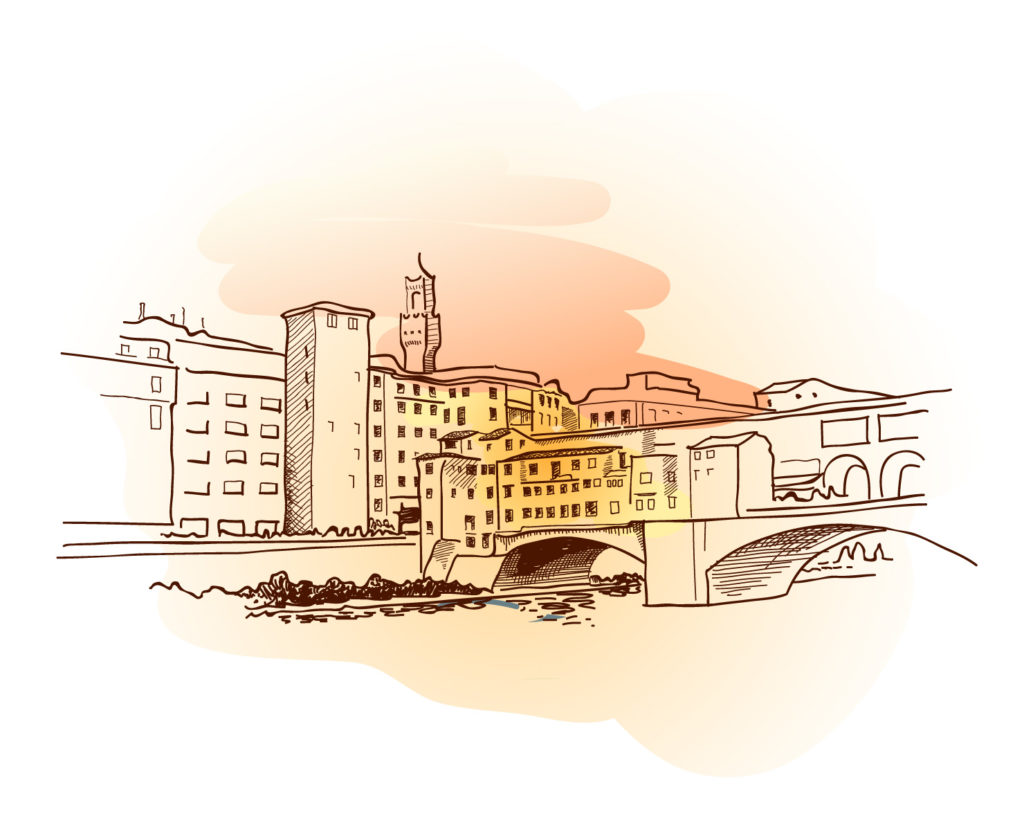
Florentine craftsmanship and
the Made in Italy label
in the old crafts preserved by those shopkeepers who hold the manufacturing knowledge.
Walking around Florence is coming into contact with the Florentine workshops that still inhabit the centre, working with leather, gold, straw, wood and paper; in every corner you will find worthy
heirs of the ancient workshops of the past, undisputed
protectors of true Made in Italy.
The ancient Florentine crafts are so deeply rooted in the territory that they have become a feature of the history and physiognomy of the city, which has succeeded in handing down, over the centuries, the production of craft and artistic products that represent a unique heritage throughout the world. Strolling along the Ponte Vecchio and the surrounding streets takes us back to the past, thanks to a group of figures who move silently about: decorators, chisellers, ceramists who re-propose the crafts of their fathers and grandfathers, from whom they have learned gestures and secrets, bringing innovation and tradition through the use of traditional materials alongside new ones.
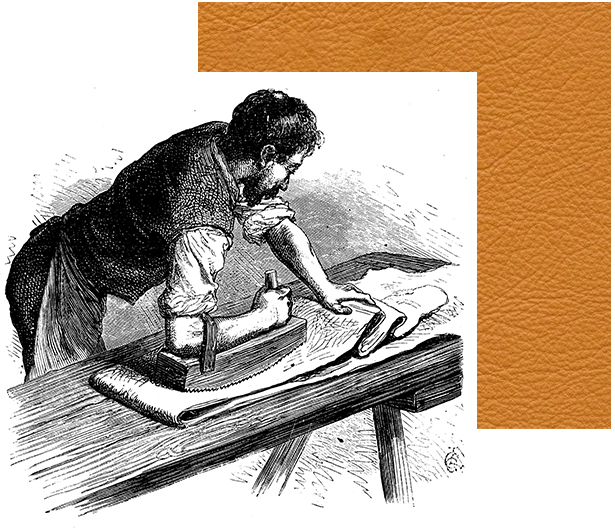
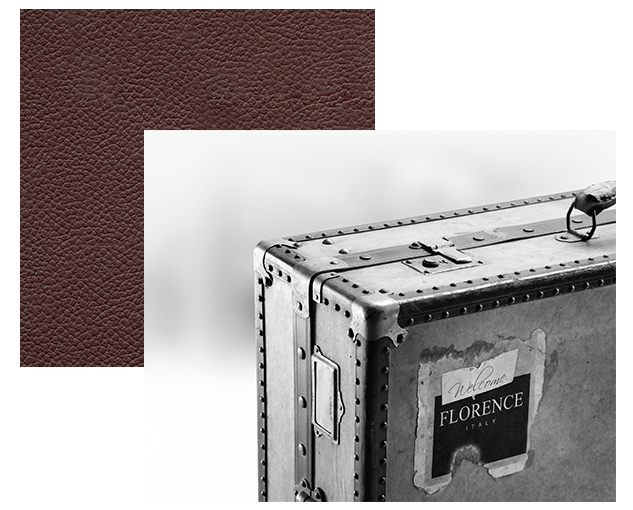
The tradition of Florentine leather goods
The world of leather goods has been linked to Florence since the Etruscan period and was consolidated by the artists of leather, the Galilai, who organised themselves at the end of the 13th century into a corporation that brought together all the different trades, linked by the common thread of leather: tanners, menders and leather cooks joined together to create a unique and strongly felt bond.
In the 1400s, the leather working industry was so important that the rich Florentine families began to invest in the artisans, to the extent of deciding to bring part of the sector’s production into the city.
This mastery of tanning and leather processing is an important legacy for Florence and Tuscany, which today produces almost a third of the country’s leather goods and remains world-class for the quality of its raw materials and ancient craftsmanship that has also adapted to new technologies.
The leather goods roads
The manufacturing district for tanned leather is located in the province of Pisa-Florence, in the Santa Croce sull’Arno area, but has its origins in the centre of Florence, in the Santa Croce neighborhood.
The latter, thanks to its proximity to the river Arno, has always been home to leather goods businesses that required a large
amount of water for their work.
Even today, if you walk through the neighbourhood of Santa Croce, you will find Via Delle Conce (Street of the leather tanners), Via dei Conciatori (Street of the leather workers), Via dei Tintori (Street of the dyeworkers), Canto delle Mosche (Street of the Flies), deriving from the fact that these annoying insects attracted by the residues of the manufacturing process were so common in these places that they brought many diseases to the city.
That was one of the reasons, among others hygienic reasons, for which it was decided to move these activities out of the city centre. Santa Croce Sull’Arno was born as a Florentine tanning district and is still today a fundamental leather keypoint in Europe.
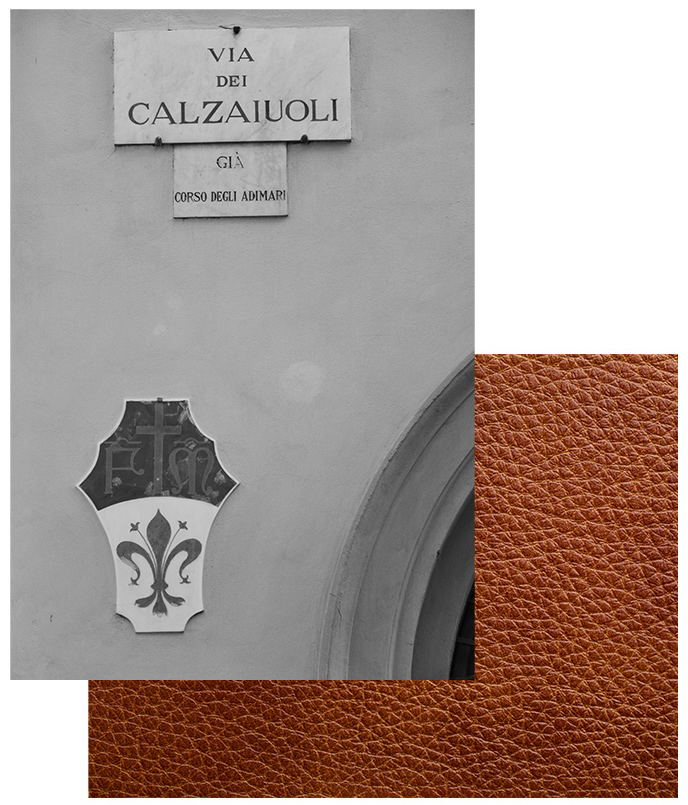
Florence and the art of Tuscan leather goods: a timeless history
Florence
“The old shopkeepers, their skill, their silent movements for hours on end. The very different materials found throughout the city that take us back to ancient splendour. The changing colours under the sunlight, the smells, the majesty of the architecture and the ever-changing landscapes. The charm of the night, full of lights and shadows reflected in the alleys and in the flowing Arno. The elegance and uniqueness of the skins, materials, marbles, precious stones and fabrics. Everything can be traced back to you.
Florence.”
|
Eleonora Sassoli

Florentine craftsmanship and the Made in Italy label
If you have been to Florence, you will recall a city permeated with art, culture and history, with an unusual air, made of oxygen but with different nuances, more intense, more aromatic and softer, sometimes very strong, because these nuances are steeped in the old crafts preserved by those shopkeepers who hold the manufacturing knowledge.
Walking around Florence is coming into contact with the Florentine workshops that still inhabit the centre, working with leather, gold, straw, wood and paper; in every corner you will find worthy heirs of the ancient workshops of the past, undisputed protectors of true Made in Italy.
The ancient Florentine crafts are so deeply rooted in the territory that they have become a feature of the history and physiognomy of the city, which has succeeded in handing down, over the centuries, the production of craft and artistic products that represent a unique heritage throughout the world. Strolling along the Ponte Vecchio and the surrounding streets takes us back to the past, thanks to a group of figures who move silently about: decorators, chisellers, ceramists who re-propose the crafts of their fathers and grandfathers, from whom they have learned gestures and secrets, bringing innovation and tradition through the use of traditional materials alongside new ones.
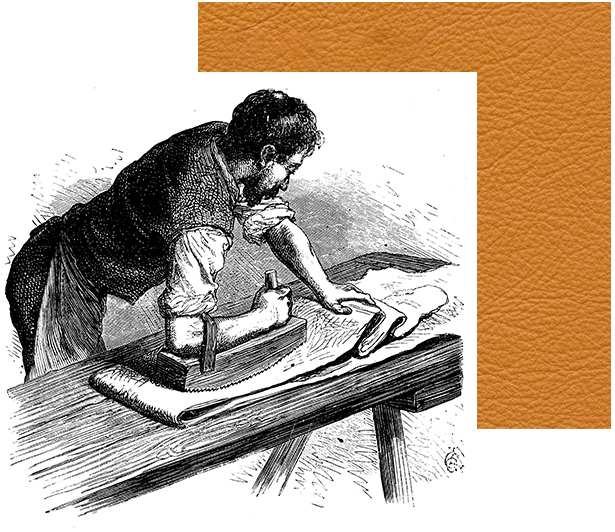
The tradition of Florentine leather goods
The world of leather goods has been linked to Florence since the Etruscan period and was consolidated by the artists of leather, the Galilai, who organised themselves at the end of the 13th century into a corporation that brought together all the different trades, linked by the common thread of leather: tanners, menders and leather cooks joined together to create a unique and strongly felt bond.
In the 1400s, the leather working industry was so important that the rich Florentine families began to invest in the artisans, to the extent of deciding to bring part of the sector’s production into the city.
This mastery of tanning and leather processing is an important legacy for Florence and Tuscany, which today produces almost a third of the country’s leather goods and remains world-class for the quality of its raw materials and ancient craftsmanship that has also adapted to new technologies.
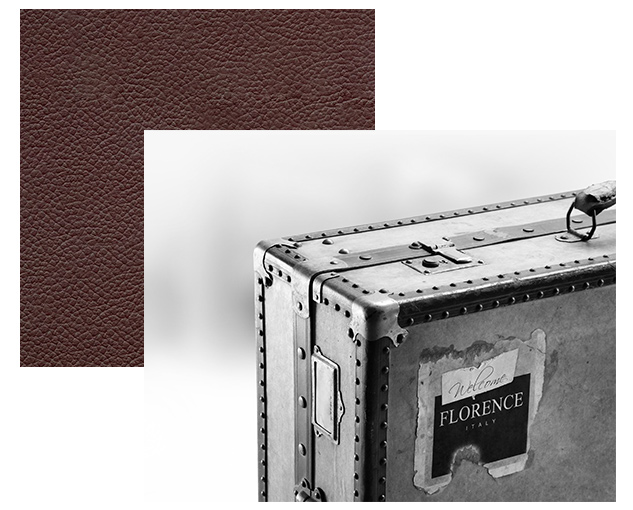
The leather goods roads
The manufacturing district for tanned leather is located in the province of Pisa-Florence, in the Santa Croce sull’Arno area, but has its origins in the centre of Florence, in the Santa Croce neighborhood.
The latter, thanks to its proximity to the river Arno, has always been home to leather goods businesses that required a large amount of water for their work.
Even today, if you walk through the neighbourhood of Santa Croce, you will find Via Delle Conce (Street of the leather tanners), Via dei Conciatori (Street of the leather workers), Via dei Tintori (Street of the dyeworkers), Canto delle Mosche (Street of the Flies), deriving from the fact that these annoying insects attracted by the residues of the manufacturing process were so common in these places that they brought many diseases to the city.
That was one of the reasons, among others hygienic reasons, for which it was decided to move these activities out of the city centre. Santa Croce Sull’Arno was born as a Florentine tanning district and is still today a fundamental leather keypoint in Europe.
